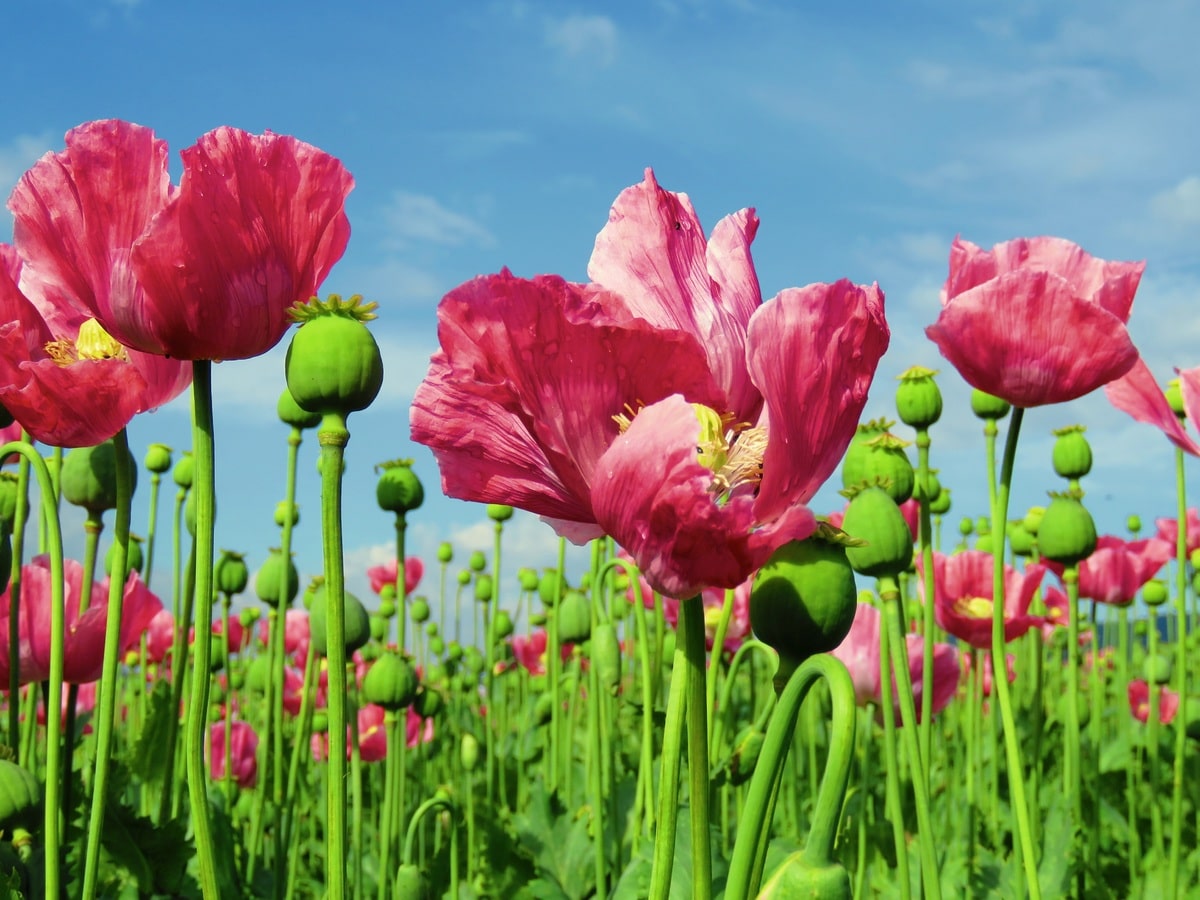
As we saw in a previous article, the birth and development of a tree it can be diminished by numerous circumstances. Fungi and other diseases are always on the lookout, and they are especially dangerous when the tree is taking its “first steps” in this world.
Today we will know first-hand how to get a higher percentage of germination and survival of the spectacular tree known as Flamboyantwhose scientific name is Delonix direction.
Seeds

The first is acquire seeds as fresh as possiblepreferably collected from the same tree or purchased from a trusted site. Once we have them at home, we will have to do the following:
- First we will wash them well with water and a little ecological fungicide (for example, sulfur)
- Next, with sandpaper, we will sand them a little, carefully, until we see that the seed is turning brown.
- Finally, we will put them in a glass of water for 24 hours.
The next day, if everything has gone well, the seed will have started to germinate. We will know because, the thin transparent film that covers it, will have begun to break.
Now we can pass them to the nursery, preferably individually. As a substrate it is important to use black peat with 50% perlite, or perlite alone. If you do not have much experience in seedlings, I recommend that you use only perlite, since the risk of fungi appearing is lower.
Growth

Just a week after the seed has germinated, cotyledons appear (the first two leaves, which are long), and very soon the first true leaves will begin to emerge.
It is important in this phase to add fungicide from time to time, and not to overdo the watering.

This photo is taken only one day after the previous one. As can be seen, the true leaves continue their development.
As there were several cases of seedlings which had fungi, it was decided to transplant those that were healthy to individual pots with perlite previously washed with water and fungicide.

Just 15 days later, the treatment that was done for the fungi gave excellent results, and this seedling did not have to deal with them.
You can see the fully developed leaves, and the cotyledons begin to wilt, since when a plant has true leaves, the work of photosynthesis and keeping the young tree alive falls on them.

A few months later, we will have this: a small Flamboyant that will measure about 40cm tall (depending on the weather conditions and if it is in a pot or in the ground it can grow more, or less), ready to turn its second year of age.
Once the first year has passed, we must not lower our guard. We will continue, at least one more year, with the anti-fungal preventive treatment.
The Flamboyant is a tropical tree of a very high ornamental value. Although it prefers to live in warm climates, it is a species that you can try to have in somewhat colder areas (warm Mediterranean for example) with very light and short-lived frosts. A trick to better survive this type of winters is the following: place the small tree inside a greenhouse -a little open, so that the air is renewed- and fertilize it with Nitrofosca every 15 days (pouring very little, a pinch in a liter of water). It is a fertilizer that will make the roots warm enough so that they do not feel the cold so much.
Originally from Madagascar … today it can be found in all places with a warm climate.
More information – Birth of a tree, part I

